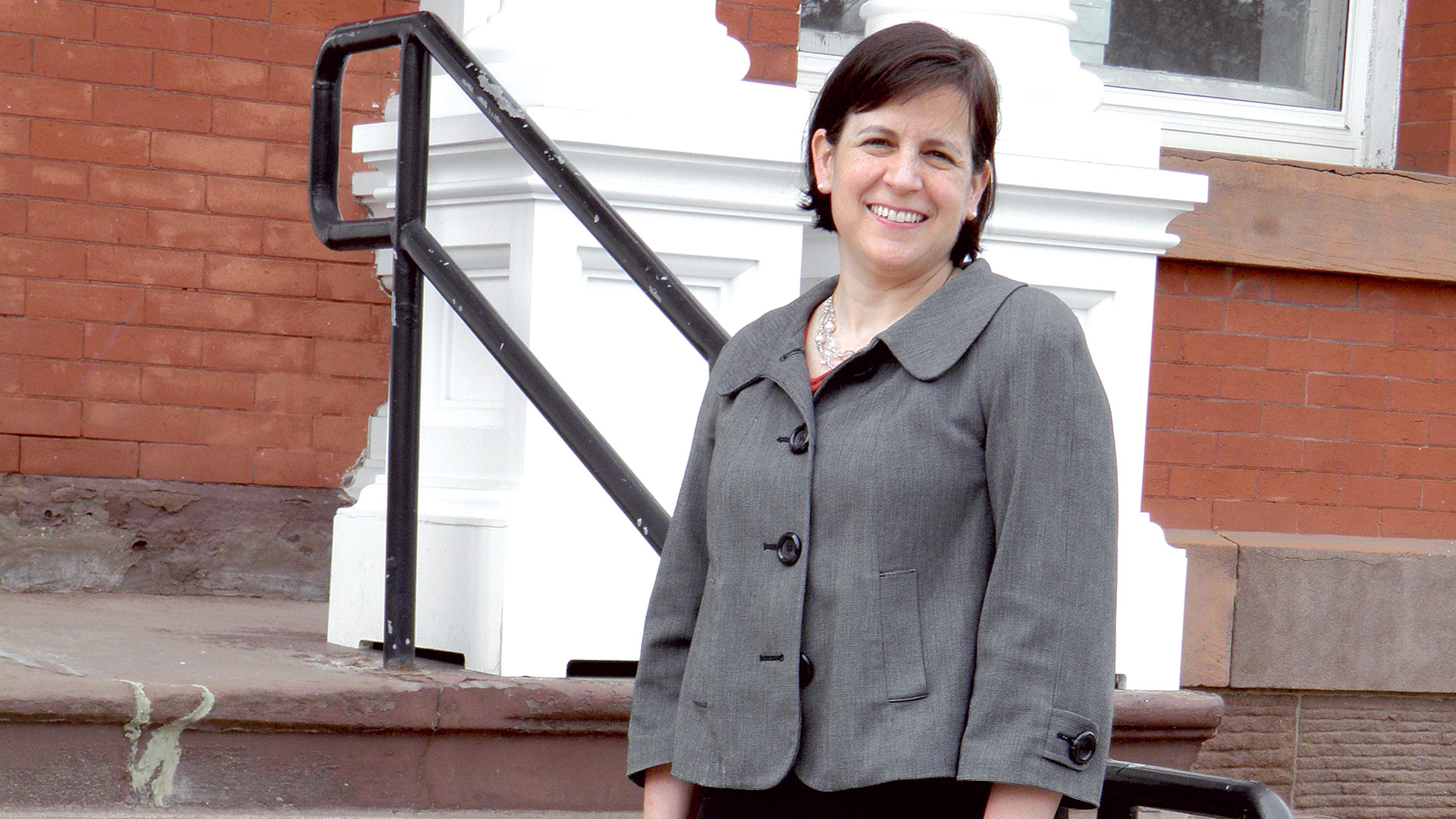Volatility Is the Order of the Day
By Jean Deliso

Jean Deliso
The market has acted like a roller coaster in recent months, up one day, down another — but where will it end up?
Most investors tend to get unsettled and concerned by such market conditions, and if you are in that group, now is the time to speak to your financial professional to ensure that your investment allocation is consistent with your financial goals. Those investors with a near-term retirement timeline generally should be more focused on preservation of capital. Those with multiple years or even decades before retirement can take a longer perspective as they have more time to wait out market volatility.
All investors should remember to be calm. The worst mistake in this market, or any market, is to try to time the ups and downs. Granted, this volatility can be unnerving, but it’s the price we pay for the potentially greater returns from investing in equities.
In the past 20 years (2000 to 2020), there have been at least two major bear markets with short-term losses in value around 50%, yet it’s also true that, from Dec. 31, 2002 to Dec. 31, 2018, the S&P 500 stock index tripled in value.*
Zacks Investment Management, one of the portfolio managers I work with, produced a white paper listing four reasons to expect more volatility in 2020. I think it’s worthwhile to share some of these highlights:
Reason 1: We cannot ignore history. Over the past 38 years, the S&P 500 has had corrections; they are frequent, and they are the norm.
Reason 2: Low volatility generally gives way to high volatility. From October 2019 to January 2020, the S&P index experienced an unusually low level of volatility. From a historical perspective, such periods of low volatility tend to give way to periods of high volatility. We saw examples of this type of market behavior prior to January 2018 and October 2018.
Reason 3: Stock buybacks are on the decline. Stock buybacks are a corporation’s main tool for reducing outstanding supply of shares, and thereby boosting shareholder value. Stock buybacks were down in 2019, with more declines expected in 2020. Fewer buybacks could mean a tougher road for corporations exceeding their earnings per their share targets. This could make investors jittery.
“The bottom line is that volatility can be a good thing for equity markets, sometimes unsettling but it is normal and to be expected.”
Reason 4: It’s not a straightforward election year. This does not necessarily refer to a political outcome, but more concerning is alleged foreign interference, and potential contested results, civil unrest, and other extraneous factors that might lead to a period of political instability.
The bottom line is that volatility can be a good thing for equity markets. Though sometimes unsettling, it is normal and to be expected. I tend to agree with Zacks that the S&P 500 index is due for a correction this year on par with the historical averages after several years of increases. We could experience a correction in the 10% to 15% range.
Let’s remember that dollar-cost averaging can be a great tool in managing short-term volatility as well. While no one can predict the future, and the past is no guarantee of future results, historical performance has shown that market downturns can offer attractive investment opportunities, and dollar-cost averaging can help in this regard.
Remember, though, that dollar-cost averaging does not ensure a profit and does not protect against loss in declining markets. It involves continuous investing during a period of fluctuating price levels. To maintain such a strategy, investors should consider their ability to continue investing through differing market conditions.
This article would not be complete without mentioning continuing concerns about COVID-19. As a society, we don’t know enough about it yet to understand how pervasive it will become and how long it will impact the markets. It’s too early to assess the ultimate impact of the virus. Headlines continue to focus on the spread of the virus and those who become ill; however, one should keep in mind that most people who have contracted the virus have gone on to make a full recovery.
Weaker global growth does not often mean recession in the U.S., and the consumer remains a strong factor against a U.S. recession. Lower rates may further boost the housing market, and both manufacturing and wholesaling inventories are at high levels in the U.S., which could mitigate supply-chain disruptions from Asia. More accommodative monetary policy could serve to calm the financial markets and minimize the economic and psychological impacts.
From a financial perspective, it’s important to maintain a diversified portfolio for times like this, and in panicked environments, it’s imperative to keep a level head rather than simply react. Those investors with longer time horizons should try and remain calm and patient when volatility takes hold.
A well-designed financial allocation consistent with your risk tolerance and investment goals is the key. Investors tend to make short-term decisions with long-term assets, but it is important to keep a long-range approach with your money and stick to your investing goals.
For the shorter-term investors, now is a good time to connect and review your plans with your financial professional. Double-check to make sure that your goals and objectives are still in line with your investments. Also, it is important not to stay passive on the sidelines, as investors we need to be engaged in the process and be a full participant in the process.
Jean M. Deliso, CFP is a financial advisor offering investment advisory services through Eagle Strategies LLC, a registered investment adviser, and is a registered representative of and offers securities products and services through NYLIFE Securities LLC, member FINRA/SIPC, a licensed insurance agency. Eagle Strategies and NYLIFE Securities are New York Life companies. Deliso Financial & Insurance Services is not owned or operated by NYLIFE Securities LLC or its affiliates. Neither Deliso Financial & Insurance Services nor Eagle Strategies LLC or its subsidiaries and affiliates provide tax, legal, or accounting advice. Please consult your own tax, legal or accounting professional regarding your particular situation.
*Source: Standard & Poor’s 500 index, 12/31/18. Average annual returns are based on the S&P 500 Index from 12/31/02 to 12/31/18. Large-capitalization stock performance is measured by the S&P 500 index, an unmanaged index considered to be representative of the U.S. stock market. Prices of common stocks will fluctuate with market conditions and may involve loss of principal when sold. Results assume reinvestment of all distributions, including dividends, earnings, and expenses, and are not indicative of any past or future returns of any investment. It is not possible to invest directly into an index. Past performance is no guarantee of future results.








